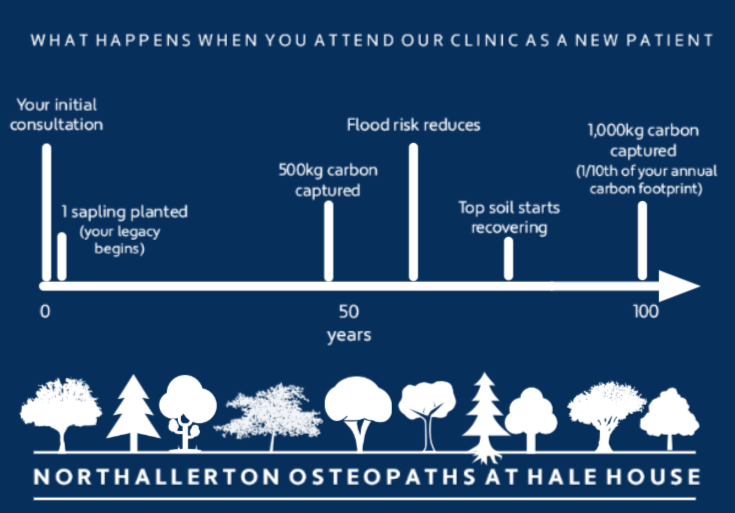By Ross Gemmell
Understanding Frozen Shoulder and Effective Treatment at Northallerton Osteopaths – Hale House
Frozen shoulder, or adhesive capsulitis, is a painful and debilitating condition that affects the glenohumeral (ball and socket) joint. It is characterised by stiffness, pain, and a progressive loss of movement, making everyday tasks like dressing, personal hygiene, and even sleeping incredibly difficult. At Northallerton Osteopaths – Hale House, we offer specialised treatment to help alleviate shoulder pain, improve mobility, and restore function using a non-invasive and effective approach.
What Causes Frozen Shoulder?
The exact causes of frozen shoulder are not fully understood, but the condition often arises due to factors such as trauma, post-surgical recovery, poor posture, rotator cuff injuries, and underlying medical conditions like diabetes. It is most common in individuals aged 40 to 60 and can sometimes affect both shoulders. The condition typically progresses through three stages:
- Freezing Stage: Severe pain, particularly at night, with increasing stiffness (lasting 3-8 months). Pain is typically deep in the shoulder or on the outer arm.
- Frozen Stage: Pain diminishes slightly but mobility remains severely restricted (lasting 4-12 months).
- Thawing Stage: Gradual improvement in range of motion and reduction in pain (lasting 4-12 months). Treatment and early intervention has been shown to reduce the length of time of each stage.
The Link Between Rotator Cuff and Frozen Shoulder
The shoulder joint is a complex structure composed of multiple muscles and tendons, including the rotator cuff muscles (supraspinatus, infraspinatus, subscapularis, and teres minor). These muscles not only facilitate movement but also stabilise the joint. Dysfunction or injury in the rotator cuff can contribute to frozen shoulder symptoms by restricting movement and causing compensatory stiffness and pain.
Effective Treatment: The Neil-Asher Technique
At Northallerton Osteopaths – Hale House, we utilise the Neil-Asher Technique, a non-invasive and scientifically backed approach that helps reduce pain and restore movement naturally. This technique does not force the shoulder but instead works with the body’s natural reflexes to stimulate healing. A study conducted at Addenbrooke’s Hospital found this method to have an 85% success rate in reducing pain and improving mobility. Our Osteopaths Ross & Felix deliver this technique specifically, along with our Osteopaths Amy, Lucinda and Cath who already succesfully treat Frozen Shoulder but are also implementing this technique into their practice.
How Does the Neil-Asher Technique Work?
- Pain Reduction: Initially, treatment focuses on reducing inflammation around key shoulder tendons, particularly the biceps tendon.
- Reflex Activation: A sequence of gentle massage and joint movements is applied to trigger reflex responses within the muscles, encouraging the brain to reset signals to the shoulder muscles.
- Restoring Function: This approach improves coordination, reduces stiffness, and enhances mobility without the need for forceful manipulation or surgery.
Why Choose This Over Conventional Treatments?
Traditional treatments for frozen shoulder often include anti-inflammatory medications, cortisone injections, and physical therapy that may involve pushing the shoulder into painful ranges of motion. In severe cases, manipulation under anaesthesia is suggested, but this is not always effective and carries risks. Our approach at Northallerton Osteopaths is different:
- We do not force movement but instead use targeted trigger point techniques to stimulate natural healing.
- Results can be seen in as few as 4 sessions (with a range of 4-13 sessions).
- The technique is completely natural and works in harmony with your body’s biomechanics.
Get Relief from Frozen Shoulder Today
If you are struggling with shoulder pain, rotator cuff injury, or limited movement due to frozen shoulder, our specialised treatment at Northallerton Osteopaths – Hale House can help. The Neil-Asher Technique offers a safe, effective, and non-invasive way to regain mobility and reduce pain.
Contact us today to book a consultation and start your journey to recovery!


